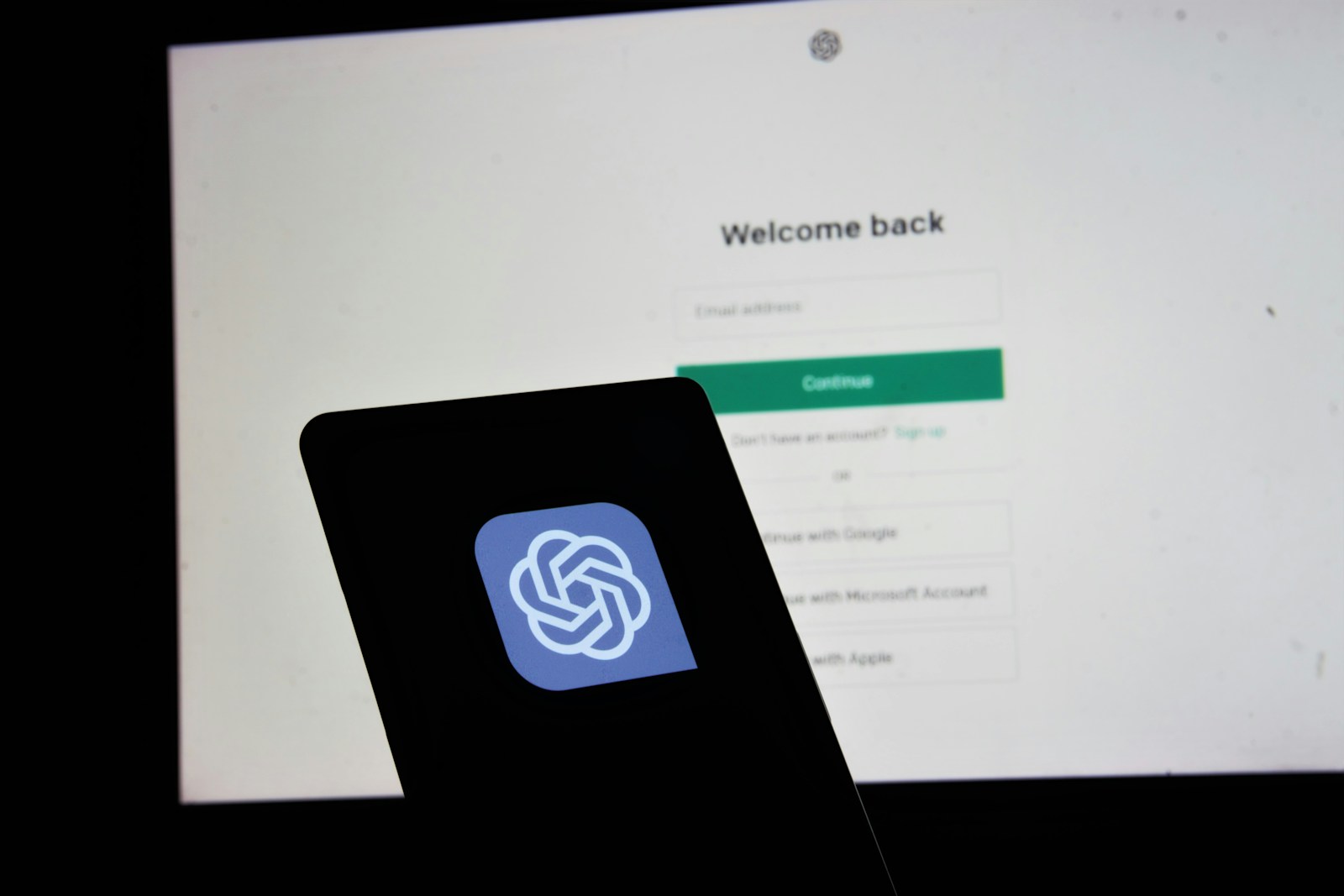What makes someone stop scrolling and actually engage with an ad?
It’s rarely just the colors or the catchy headline. Sure, those help. But if the ad feels clunky, confusing, or hard to interact with, most people move on without giving it a second look.

This is where UX—user experience—comes into play. And it matters more than ever. Advertisers are learning that design choices rooted in UX principles don’t just look good, they actually perform better. We’re talking about higher click-through rates, better engagement, and more meaningful conversions.
Let’s break down why UX-driven design is the difference between someone clicking… or scrolling straight past.
Users Don’t Want to Think Too Hard
The internet is noisy. People make snap decisions, and if your ad makes them pause to figure out what it’s even about, you’ve already lost them.
Good UX simplifies that decision. It makes the message clear in a split second. A UX-focused ad doesn’t just look clean, it feels intuitive. The call to action is easy to spot. The value is obvious. There’s no friction.
Clarity beats cleverness almost every time.

Speed and Seamlessness Win
You know that moment when you tap on an ad and it takes ages to load—or worse, doesn’t load at all? That’s a UX failure. It breaks trust instantly.
UX-driven design ensures things run fast, even on mobile. It reduces unnecessary animations, cuts clutter, and prioritizes load speed. This has a direct impact on conversions. When people aren’t kept waiting, they’re more likely to stick around and follow through.
And this goes beyond the ad itself. If the landing page it connects to feels inconsistent or poorly thought out, that drop-off rate climbs fast. UX thinking ties everything together, from the ad to the experience after clicking.
People Crave Personalization, Not Just Targeting
Targeting the right audience is essential, but UX design takes it further by making the experience feel personal. That doesn’t mean inserting a name or tracking location. It’s about crafting the design so it speaks to where someone is in their journey.
For example, someone just becoming aware of a product doesn’t need a hard-sell CTA. They need an ad that feels informative and inviting. UX design considers this and adjusts layout, tone, and interaction accordingly. It makes the user feel like the ad “gets them.”
Personalization isn’t just about using someone’s name or location. It’s about crafting an experience that feels relevant in the moment. That’s where UX design complements targeting beautifully.
The best top ad networks for advertisers already do a solid job of pinpointing the right audience. But even with smart targeting in place, it’s the ad’s design that makes the difference between a scroll past and a click. UX principles help translate that data into a message that feels timely, clear, and personal, so the right person not only sees the ad but also connects with it.

Mobile Matters More Than Ever
Most ads are seen on phones, not desktops. That means a design that looks fine on a large screen might fall apart when crammed into a mobile view.
UX-driven ads are built with mobile behavior in mind. Bigger buttons. Clearer CTAs. Touch-friendly layouts. Less clutter. Better contrast.
It’s not about shrinking things down; it’s about rethinking them for a small screen from the beginning. This mobile-first mindset isn’t optional anymore. It’s essential.
A/B Testing Without UX Is Guesswork
Split testing is important, but it’s only half the battle. If you’re testing headline A vs. headline B on an ad that’s poorly structured or hard to navigate, you’re not getting real insight.
UX gives structure to your tests. It ensures each element being tested lives within a clean, easy-to-use design framework. That way, you know any improvement is coming from the message, not just a fluke based on layout or readability issues.
Once UX is solid, your data becomes more trustworthy, and your optimizations more effective.
Here’s the thing: most of what we call “good design” is just good UX in disguise.
It’s not about flashy visuals or cool effects. It’s about how the design makes someone feel and what it motivates them to do. And more often than not, it’s the subtle UX details that move the needle.
Want to know what separates high-performing ad creatives from the rest? It usually comes down to:
- Clear hierarchy – Viewers instantly know where to look first
- Readable typography – No squinting or second-guessing
- Strong contrast – Important elements don’t get lost
- Predictable patterns – Navigation and actions feel familiar
- Consistency – Across platforms, devices, and stages of the journey
These aren’t flashy. But they work. Because when people don’t have to think too hard, they’re more likely to act.
It’s Not Just What You Say—It’s How It Feels
Great copy and compelling offers are important. But even the best message can fall flat if it’s wrapped in a poor user experience.
People remember how something made them feel more than what it said. UX design taps into that. It creates comfort, confidence, and clarity. And those feelings are what lead to action.
It’s not manipulation. It’s removing the obstacles that stop people from acting on what they already want.
The UX Advantage is Measurable
If you’re optimizing for real results—clicks, leads, sales—then UX is your secret weapon.
Not just because it looks better, but because it works better. Cleaner designs get more attention. Faster loads keep people engaged. Easier navigation increases clicks. And cohesive experiences build trust.
Over time, that translates to:
- Lower cost per acquisition
- Better retention and re-engagement
- Higher return on ad spend
When you build your creative with UX front and center, every piece of the funnel benefits. You’re not just improving design, you’re strengthening your entire advertising system.
One Small Shift That Changes Everything
If your ad performance has plateaued, you don’t always need a new angle or a bigger budget. Sometimes, you just need better UX. It’s a quiet shift, but it changes how people interact with your message and whether or not they convert.


